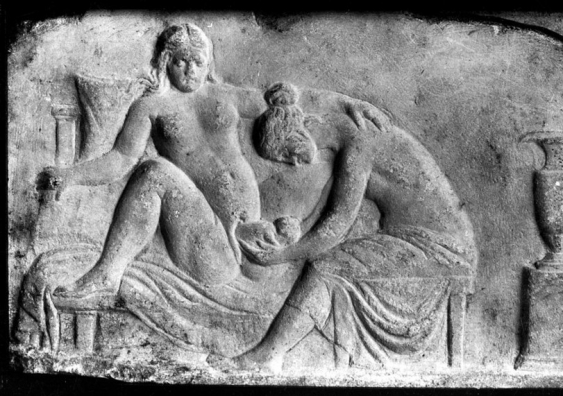Need help with that delivery? Call the monkey midwife!
With few exceptions, humans require assistance at birth, usually from an experienced elder, midwife or medical practitioner, and it seems assisted birth is also common among other primates, writes Darren Curnoe.


